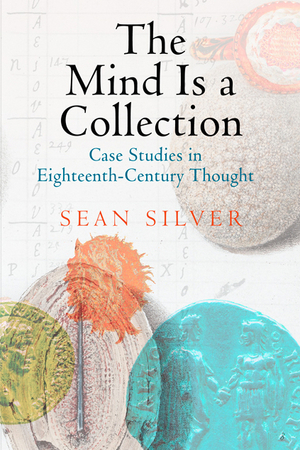
We talk about ourselves and our ideas as though there were "in" somewhere; we speak about other things, like objects and the impressions they give, as though they were "out." For most of us, this seems intuitive, as though it were the only way it could be. But there is compelling research to suggest that interiority, the sense that feelings and ideas are inner qualities, has in fact to be learned. It has to be acquired, largely through the manipulation and observation of the kinds of containers we use every day. Though we treat interiority as though it were natural, it seems instead to be the achievement of an age.
So how is inwardness learned? It is a basic fact of perception that it is outward-oriented. In fact, it is mostly forward oriented-- arranged towards where we are trying to go, or what we intend to do. Perception is like this; it flows from us towards an object. In order for it to work, it has to disregard the things that make it possible. Though there are plenty of things that go into the act of perception, they do not form part of its content. If they did, it would be because something was wrong-- sore feet, sunburn, indigestion. How, then, have we come to terms with our own inwardness? How do we come to think of ourselves as having interiors, when, in fact, it is so easy to get along while oriented outwardly?
The objects in this case are concerned with the ways that people have modeled interiority, and they are aligned along a couple of related tracks. On the one hand, there are things that helped people make sense of their interiors in a literal way. In this category are William Hay's remarks about his own crippled body, or Samuel Pepys's interest in his own intestinal tract. These have to do with observing objects in and out of containers, especially objects that emerge from the body in the first place. On the other, there are arrangements that made possible the production of interiority understood in a more metaphorical sense. "Privacy" means a kind of withdrawal, and the seventeenth and eighteenth centuries saw the elaboration of spaces that made possible this kind of performance. In this category is Horace Walpole's Twickenham villa-- or, really, one room in that villa (or, a book in that room, or even a secret in the book).
Claude Du Bosc (after Louis Du Guernier, "The Cave of Spleen," in Pope, The Rape of the Lock (1714).
The clean, well-lighted place of reason and rationality is only one story of eighteenth-century cognitive modeling. Alexander Pope knew this; though his The Rape of the Lock offers one of the clearest versions of a mind's dark room (See Exhibit 9), he also offers its opposite-- the "Cave of Spleen" (right), the dark interiority of melancholy, distraction, anger, and doubt. Boxes, closets, mysterious spaces, organ cavities, secrets, and so on: taken together these point the way to different forms of being, arranged along different vectors of awareness. They point towards the emergence of private people, and of their repeated witnessing of forms of inwardness.









A small flat oval calculus taken after death from the bladder of William Hay, Esq. Specimen A184 © Wellcome Library, London.